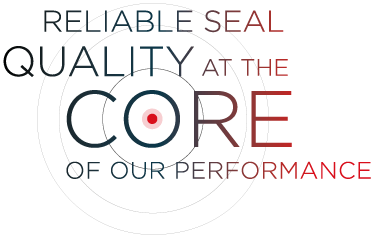Induction Cap Sealing delivers many benefits compared to Conduction Sealing
Conduction sealing has been the most utilised method of sealing a liner to a non-screw cap or capless container. The conduction “hot-plate“ applies pressure pushing the foil or plastic film liner onto the container and melts the layer on the under surface to create a closure.
The “hot-plate” takes time to heat up (and cool down when maintenance is required). The process incurs relatively high energy costs, raises the ambient temperature and can be potentially hazardous to operators.
Unlike induction cap sealers the conduction “hot-plate” is intolerant of container height and rim variations, so out of “spec” containers may not seal or have poor seals, creating scrap and wastage. Should a spillage occur clean-up is difficult as spillages often “bake on” requiring shutdown, cooling down time and cleaning, causing a substantial reduction in production output.
Conduction sealing has been a reliable sealing method for manufacturers over the decades, however Induction Cap Sealing is faster and more energy efficient, thus reducing unit cost of the sealed product.
Contact us
What Our Customers Say
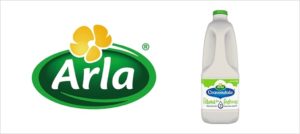
TAMPER EVIDENCE
“The size and scale of our new dairy reinforces Arla’s leadership within the UK dairy industry and we have drawn a line in the sand when it comes to next generation fresh milk processing.”
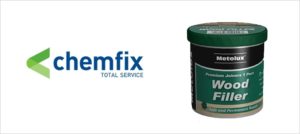
EXTENDED SHELF LIFE
“I would recommend Enercon Industries to other manufacturers, both for product performance and the benefits gained from the use of its sealing equipment.”
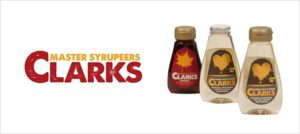
TAMPER EVIDENCE
“We chose Enercon’s induction sealing equipment for its reputation within the industry for reliability… We have not had any issues with any of Enercon’s induction sealers since installation – not a single breakdown in over eight years. I wish other machinery would run this well.”
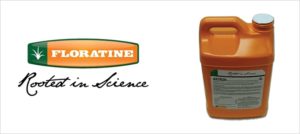
SECURE TRANSPORT
“You can’t put a price tag on dependability. Customer complaints are nearly eliminated and 99% of our problems were solved with the induction sealer – it was a godsend.”
